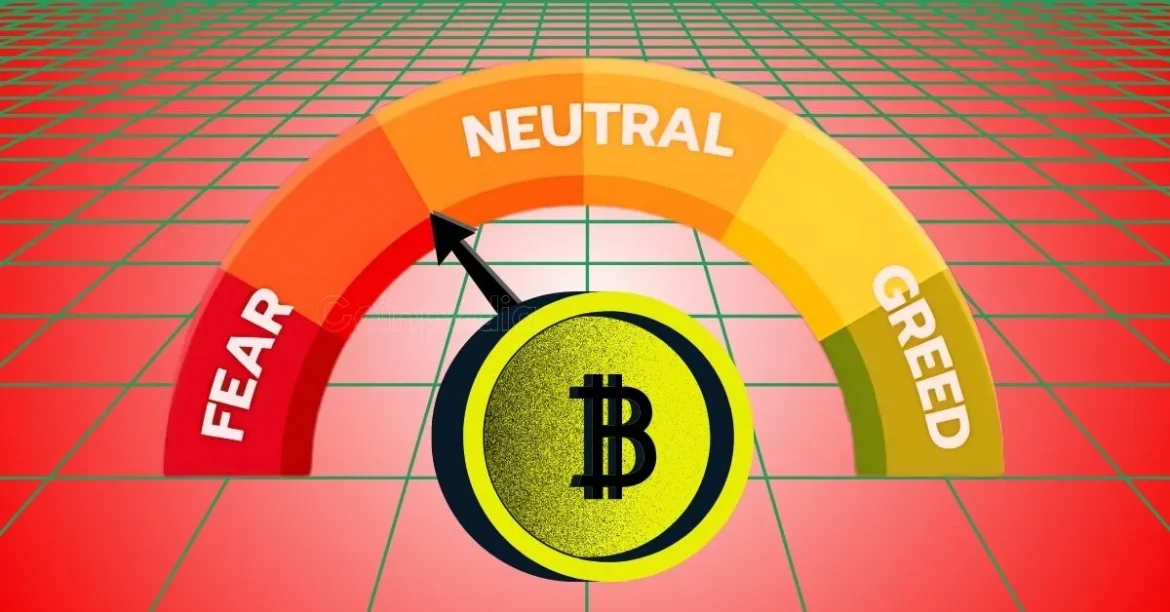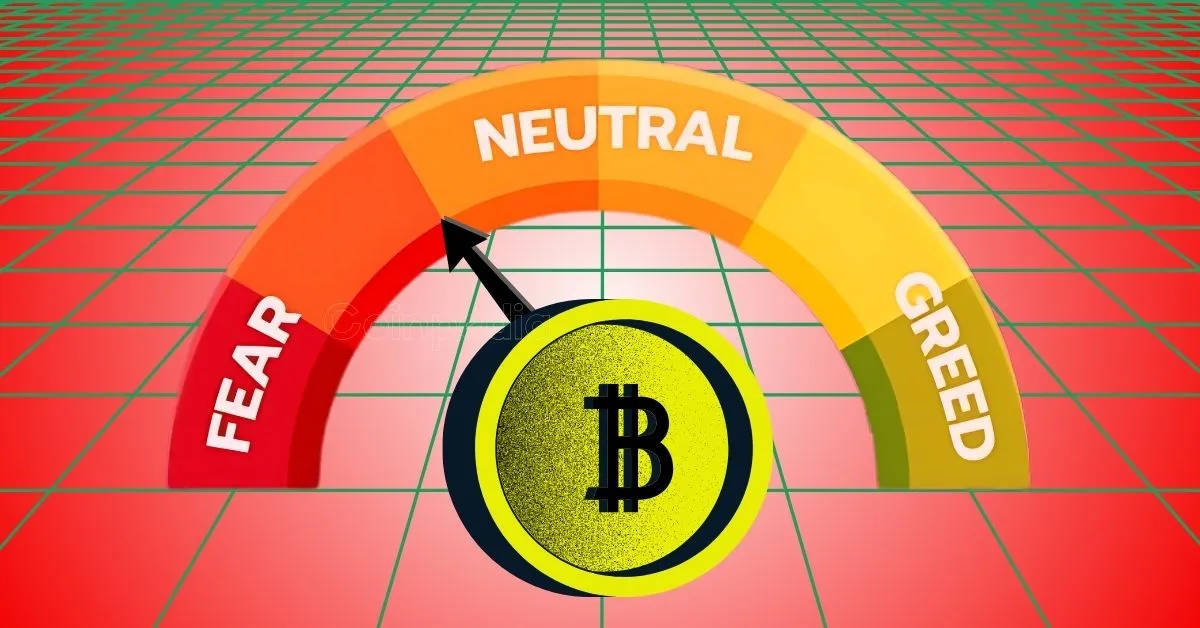Navigating the Crypto Market Turbulence: Temporary Dip or Market Collapse?
The cryptocurrency arena often rides waves of extreme volatility, driven by investor sentiment and market forces that can shift rapidly within hours. Recent events—from mass liquidations exceeding one billion dollars within 24 hours to fluctuating Fear & Greed Index readings—have sparked urgent questions: Is this a mere correction or a prelude to a deeper market crash? By dissecting the latest data and sentiment measures, this report offers a detailed analysis of the current crypto climate, focusing on Bitcoin and altcoins, market psychology, and possible future scenarios.
The Shockwave: Massive Liquidations Stir Panic
According to CoinGlass, the crypto market recently experienced liquidations close to $1 billion in a single day—a staggering figure illuminating the extent of forced sales. This cascade is mostly attributed to highly leveraged positions being vaporized amidst sudden price dips, intensifying downward pressure.
Glassnode data further highlights that Bitcoin alone saw short liquidations peaking at $48 million in one day, exposing the fragility embedded within speculative trades. Such liquidations magnify volatility, creating a feedback loop of panic selling that can quickly erode market confidence.
Measuring Sentiment: The Fear & Greed Index as a Market Barometer
Investor emotion in crypto is often encapsulated by the Crypto Fear & Greed Index, a composite indicator capturing market fears and euphoria through metrics like volatility, momentum, social media trends, and options data.
– Current Readings: The index has swung dramatically in recent weeks—from Greed levels in the 70s to Extreme Fear zones dipping below 20, signaling a volatile sentiment pendulum.
– Interpretation: Historically, extreme fear indicates a potential buying opportunity as prices may be undervalued, while excessive greed warns of imminent corrections. The latest plunge into extreme fear suggests investors are bracing for further downturns but might also be positioning for a reversal.
Moreover, the index’s components reveal a high ratio of put options to calls, underscoring bearish market expectations. The Stablecoin Supply Ratio, showing relative Bitcoin market cap to stablecoins, suggests cautious capital allocation amid uncertainty.
Bitcoin vs. Altcoins: Divergent Paths or United Front?
Bitcoin continues to dominate liquidations and market moves, underlining its role as the anchor asset in crypto. However, its price battle near resistance levels (e.g., around $82,000 to $106,000 depending on currency metrics) reveals struggles in sustaining upward momentum.
– Altcoins’ Performance: Some altcoins, notably Ethereum, are showing relative strength, sparking discussions about a potential “altseason.” Their rising prices amid Bitcoin’s sideways trading hint at investor rotation or speculation on upcoming technological upgrades or events.
– Market Dynamics: The Fear & Greed Index hovering around neutral (mid-50s) points to indecision between Bitcoin and altcoins. JP Morgan’s strategic move to adopt crypto ETFs signals institutional interest but also forces market participants to reconcile traditional finance’s impact on crypto dynamics.
Macro and External Influences
External factors such as US tariff threats, economic indicators like core PCE data, and regulatory moves continue to exert pressure. Trump’s tariff announcements reportedly nudged the Fear & Greed Index downward, emphasizing the sensitivity of crypto investors to broader geopolitical and economic news.
Prime actors in crypto, like Binance’s CEO proposing dark pools to reduce liquidation pressure, highlight ongoing efforts to stabilize trading mechanisms amid turbulence.
Historical Patterns and What They Suggest
Longitudinal analysis comparing past Fear & Greed Index values with Bitcoin prices reveals intriguing correlations:
– Market corrections often follow periods of extreme greed.
– Accumulation phases coincide with entrenched fear.
– The index’s reactive nature, swinging swiftly between states, indicates crypto’s unique volatility and investor psychology compared to traditional assets.
Scholars and analysts emphasize the importance of contextualizing these swings within broader cycles, cautioning against overinterpreting short-term sentiment without considering fundamentals.
Strategic Takeaways for Investors
– Risk Management: Given recent liquidations and high implied volatility, risk-averse strategies like reducing leverage and setting stop-loss orders gain prominence.
– Opportunistic Views: Extreme fear conditions historically have offered entry points for patient investors; however, timing the market remains challenging.
– Diversification: Balancing Bitcoin and promising altcoins with stablecoins or traditional assets may mitigate volatility shocks.
– Monitoring Sentiment: Continuous tracking of Fear & Greed Index trends can provide timely cues for adjusting portfolio exposure.
Conclusion: At a Crossroads with Uncertain Direction
The current crypto market turbulence embodies a classic crossroads scenario characterized by sharply divided sentiment and significant volatility. While the billion-dollar liquidations and plunging Fear & Greed readings fuel narratives of collapse, underlying factors like Ethereum’s ascent, institutional ETF adoption, and macroeconomic signals inject nuance.
This environment is far more indicative of a temporary dip influenced by leveraged trading blowouts and emotional reactions than an unequivocal market death spiral. Yet, the heightened sensitivity and potential catalysts for change require vigilant observation and adaptive strategies from investors.
Ultimately, the crypto market remains a high-stakes arena where fear and greed dance in a complex interplay—decoding these signals with prudence offers the best chance to navigate uncertainty and seize emerging opportunities.





